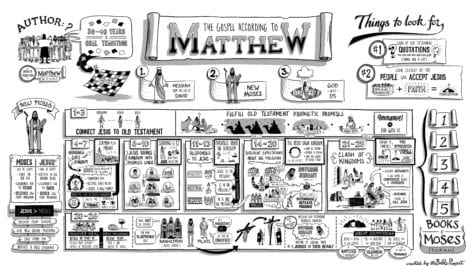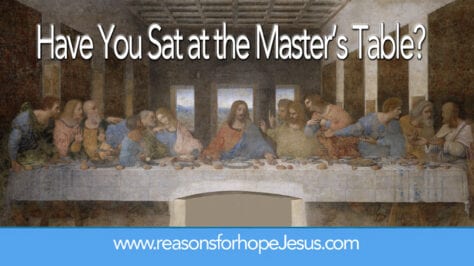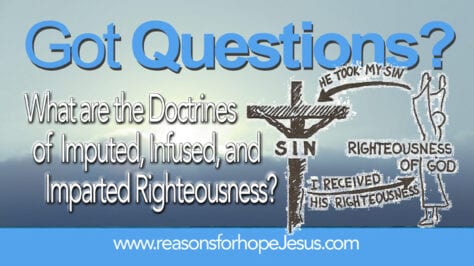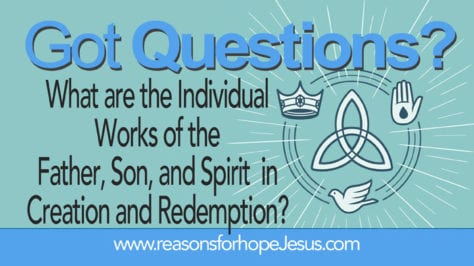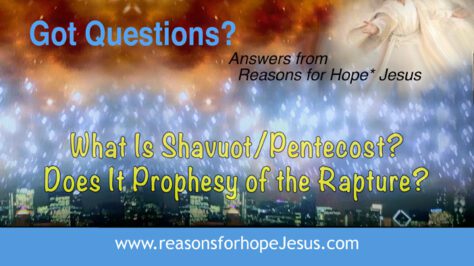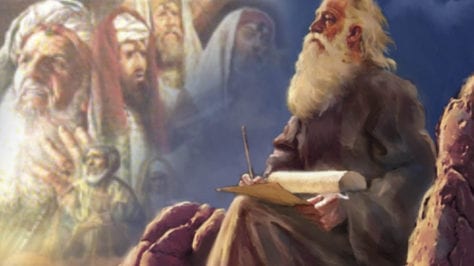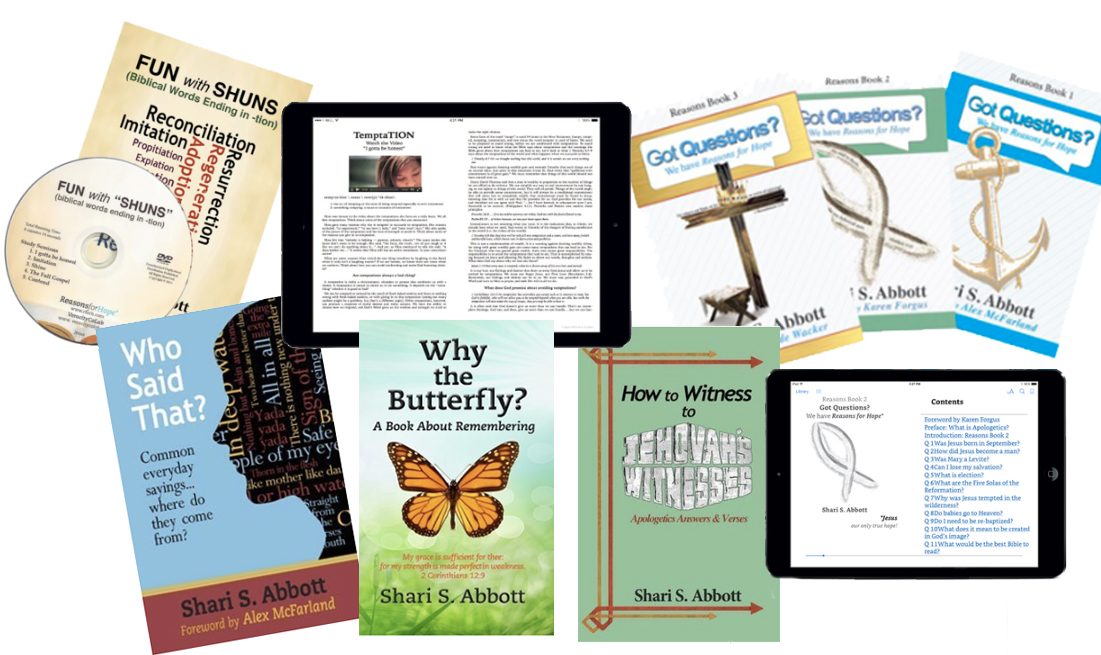AUTHOR: Matthew
DATE: Uncertain; circa 50-70 AD
Matthew, surnamed Levi (Mark 2:14), worked for the Roman government (Matt. 9:9) as a Jewish tax-gatherer (publican). Tax collectors were despised by Jews because of their affiliation with the Romans and yet Matthew was chosen by Jesus and he responded to the Lord’s calling. He is mentioned only twice in his gospel account. First, when Jesus called him (Mat 9:9) and, second, when in the list of the Twelve (Matt. 10:3).
The Gospel of Matthew was written to present Jesus as the King of the Jews, the long-awaited Messiah. This Gospel begins with Jesus being called the Son of David, the Son of Abraham and the genealogy recorded by Matthew continues by recording Jesus’ lineage from Abraham, through the kingly line of David, to His earthly father Joseph, “the husband of Mary, of whom was born Jesus, who is called Christ.” This genealogy substantiates Jesus’ legal claim as a rightful and legal heir to the Throne of David.
A significant subject in the Gospel of Matthew is the Kingdom of Heaven, which Jesus proclaimed repeatedly to be “at hand” (near). In Matthew 10, Jesus commissions His disciples to be apostles and to go out and preach this message.
In the closing verses of the Gospel, Jesus commissions His apostles again to go “and teach all nations, baptizing them in the name of the Father, and of the Son, and of the Holy Ghost (Mat 28:19).
Interestingly, Matthew is the only Gospel in which the word church appears (Matthew 16:18; 18:17).
Important historical records in Matthew include the Sermon on the Mount (Matthew 5-7), including the Beatitudes (Matthew 5:3-12) and the Lord’s Prayer (Matthew 6:9-13); the Kingdom Parables (Matthew. 13); and the Olivet discourse with prophecies of future events (Matthew 24-25).
Key verse: Mat 5:17 “Do not think that I came to destroy the Law or the Prophets. I did not come to destroy but to fulfill.”
OUTLINE OF THE GOSPEL OF MATTHEW
I. The Person of the King, 1:1-4:25
A. His Background, 1:1-17
B. His Birth, 1:18-2:23
1. The announcement of the birth, 1:18-25
2. The adoration of the baby, 2:1-12
3. The advancement of the boy, 2:13-23
C. His Baptism, 3:1-17
D. His Temptation, 4:1-11
E. His Inauguration, 4:12-25
II. The Preaching of the King, 5:1-7:29
A. The Picture of Kingdom Life, 5:1-16
B. The Precepts for Kingdom Life, 5:17-48
1. The law of Moses, 5:17-20
2. The law of murder, 5:21-22
3. The law of reconciliation, 5:23-26
4. The law of adultery, 5:27-30
5. The law of divorce, 5:31-32
6. The law of oaths, 5:33-37
7. The law of nonresistance, 5:38-42
8. The law of love, 5:43-48
C. The Practice of Kingdom Life, 6:1-7:12
1. In relation to almsgiving, 6:1-4
2. In relation to prayer, 6:5-15
3. In relation to fasting, 6:16-18
4. In relation to money, 6:19-24
5. In relation to anxiety, 6:25-34
6. In relation to judging, 7:1-5
7. In relation to prudence, 7:6
8. In relation to prayer, 7:7-11
9. In relation to others, 7:12
D. The Proof of Kingdom Life, 7:13-29
III. The Proof of the King, 8:1-9:38
A. Exhibit 1: Power, 8:1-34
1. Power over defilement, 8:1-4
2. Power over distance, 8:5-13
3. Power over disease, 8:14-17
4. Power over disciples, 8:18-22
5. Power over the deep, 8:23-27
6. Power over demons, 8:28-34
B. Exhibit 2: Pardon, 9:1-17
1. Pardon of a paralytic, 9:1-8
2. Pardon of a tax collector, 9:9-13
3. Problem concerning fasting, 9:14-17
C. Exhibit 3: Power, 9:18-38
1. Power over death, 9:18-26
2. Power over darkness, 9:27-31
3. Power over dumbness, 9:32-34
4. Power over disease, 9:35
5. Pity on the people, 9:36-38
IV. The Program of the King, 10:1-16:12
A. The Program Announced, 10:1-11:1
B. The Program Attested, 11:2-12:50
1. By comforting John’s disciples, Matt 11:2-19
2. By condemning the cities, 11:20-24
3. By calling all to Himself, 11:25-30
4. By controversies over the Sabbath, 12:1-14
5. By condemnation of the Pharisees (the unpardonable sin), 12:15-37
6. By certain signs, 12:38-45
7. By changed relationships, 12:46-50
C. The Program Altered, 13:1-52
1. The sower, 13:1-23
2. The wheat and the tares, 13:24-30
3. The mustard seed, 13:31-32
4. The leaven, 13:33
5. The wheat and the tares, 13:34-43
6. The hidden treasure, 13:44
7. The pearl of great price, 13:45-46
8. The net, 13:47-50
9. The householder, 13:51-52
D. The Program Attacked, 13:53-16:12
1. Attack by His own townspeople, 13:53-58
2. Attack by Herod, followed by miracles (five thousand fed and Jesus walks on water), 14:1-36
3. Attack by the scribes and Pharisees, followed by miracles (Syrophoenician woman’s daughter healed and four thousand fed), 15:1-39
4. Attack by the Pharisees and Sadducees, 16:1-12
A. Concerning His Church (Peter’s Confession of Faith), 16:13-20
B. Concerning His Death, 16:21-28
C. Concerning His Glory (the Transfiguration), 17:1-21
D. Concerning His Betrayal, 17:22-23
E. Concerning Taxes, 17:24-27
F. Concerning Humility, 18:1-35
1. Illustrated in childlike faith, 18:1-6
2. Illustrated in concern for the lost, 18:7-14
3. Illustrated in church discipline, 18:15-20
4. Illustrated in continual forgiveness, 18:21-35
G. Concerning Human Problems, 19:1-26
1. Physical problems, 19:1-2
2. Divorce and remarriage, 19:3-12
3. Children, 19:13-15
4. Wealth, 19:16-26
H. Concerning the Kingdom, 19:27-20:28
1. Rewards in the kingdom, 19:27-30
2. Recognition in the kingdom, 20:1-16
3. Rank in the kingdom, 20:17-28
VI. The Presentation of the King, 20:29-23:39
A. The Power of the King, 20:29-34
B. The Presentation of the King, 21:1-11
C. The Purification by the King, 21:12-17
D. The Cursing of the Fig Tree, 21:18-22
E. The Challenge to the King, 21:23-27
F. The Parables of the King, 21:28-22:14
1. The rebellion of the nation, 21:28-32
2. The retribution on the nation, 21:33-46
3. The rejection of the nation, 22:1-14
G. The Pronouncements of the King, 22:15-23:39
1. In answer to the Herodians, 22:15-22
2. In answer to the Sadducees, 22:23-33
3. In answer to the Pharisees, 22:34-40
4. In questioning the Pharisees, 22:41-46
5. Concerning the Pharisees, 23:1-36
6. Concerning Jerusalem, 23:37-39
VII. The Predictions of the King, 24:1-25:46
A. The Destruction of the Temple, 24:1-2
B. The Disciples’ Questions, 24:3
C. The Signs of the End of the Age, 24:4-28
D. The Sign of His Coming, 24:29-31
E. The Illustrations, 24:32-25:46
1. The fig tree, 24:32-35
2. The days of Noah, 24:36-39
3. The two, 24:40-41
4. The faithful householder, 24:42-44
5. The wise slave, 24:45-51
6. The ten virgins, 25:1-13
7. The talents, 25:14-30
8. The judgment of Gentiles, 25:31-46
VIII. The Passion of the King, 26:1-27:66
A. The Preparation, 26:1-16
B. The Passover, 26:17-30
C. The Betrayal, 26:31-56
D. The Hearings, 26:57-27:26
1. Before the high priest, 26:57-75
2. Before the Sanhedrin, 27:1-10
3. Before Pilate, 27:11-26
E. The Crucifixion, 27:27-66
1. The preliminaries, 27:27-44
2. The death, 27:45-56
3. The burial, 27:57-66
IX. The Power of the King, 28:1-20
A. The Conquest, 28:1-10
B. The Conspiracy, 28:11-15
C. The Commission, 28:16-20
Videos and Charts Used By Permission of the Bible Project
*******
Jesus is the Reason this Ministry Exists
At Reasons for Hope* Jesus, we are committed to equipping, encouraging, and empowering Christians to know Jesus better, love Him more, and share their faith. We also reach the lost through our Salvation Page.
With your support, we can continue to provide valuable resources and engaging content. Please join us in our mission by donating today. Your generous contribution helps us expand our outreach of sharing biblical truths and hope in Jesus. Thank you for your kindness and for being an integral part of our mission.
*******
*******
***A Hidden Message in Psalm 23?***
Hidden in the six verses of Psalm 23 are 11 names for Jesus. When you subscribe to our newsletter, we’ll send you The Names of God in Psalm 23 PDF that reveals all 11 names and Scripture verses of comfort and hope (link will be sent in your confirmation email).
 A Room with a View of Eternity—The Last Will & Testament of Jesus Christ Take a seat at the Master's table. Learn about the riches He gives to all who are His. This book will bless and encourage you, give you hope, and help you live in the joy of your salvation and the riches of Christ that are yours.
A Room with a View of Eternity—The Last Will & Testament of Jesus Christ Take a seat at the Master's table. Learn about the riches He gives to all who are His. This book will bless and encourage you, give you hope, and help you live in the joy of your salvation and the riches of Christ that are yours.

The Top Ten Got Questions? in 2023
- The Meaning of NUMBERS in the Bible?
- Was Jesus CRUCIFIED on Wednesday, Thursday, or Friday?
- How was Jesus Like a Worm? What’s the CRIMSON (OR SCARLET) WORM in Psalm 22?
- How are the Shepherd’s ROD and STAFF Different?
- How long did JOB SUFFER?
- What is the Significance of the Wise Men's THREE GIFTS? And were they kings?
- Did The Wise Men Arrive 12 DAYS AFTER JESUS’ BIRTH? Or Was It Much Later?
- Jesus’ Last Days TIMELINE: the Cross and the Resurrection
- The Meaning of COLORS in the Bible?
- Did Jesus Fight Satan to Take Back the KEYS of Death and Hell?
There is much to be learned from those who have gone before us in the faith. Check out our Cloud of Witnesses category that features the words of departed saints who are now with the Lord in glory. Their words equip and encourage us even to this day. Take a few minutes to hear...
- ONLY ONE LIFE, Twill Soon Be Past – by C.T. Studd (1860 – 1931)
- “The Love of God is Greater Far” by Frederick M. Lehman (1917)
- Prayers from Billy Graham
- Who Was Robert Robinson? What’s the Story Behind “Come Thou Fount”
- “Immanuel” — A Poem by Charles Spurgeon (1834-1892)
- Who Am I? A Poem by Deitrich Bonhoeffer (1905-1945)
- Understanding the Everlasting Arms of God, by J.R. Miller (1840–1912)
- 24 Reasons Why I Love America, by John Wayne (1907-1979)
- Give Me Perpetual Broken-heartedness (from The Valley of Vision)
- Abide with Me, by James Smith, 1859
This remains one of our most popular pages viewed.![]()

TOP TEN Videos from Reasons for Hope* Jesus
- Memorial Day BAGPIPES TRIBUTE: Amazing Grace
- RISE AND SHINE and Give God the Glory, Glory!
- WERE YOU THERE When They Crucified My Lord?
- PAUL HARVEY: THE BIRDCAGE
- PRESIDENT RONALD REAGAN: A SOLDIER'S PLEDGE
- Hark! the Herald Angels Sing -- CHARLIE BROWN Christmas
- JOHN WAYNE ~ WHY I LOVE AMERICA
- Jimmy Stewart - Nativity Scene Prayer: Mr. Krueger's Christmas
- THE LEGEND OF THE CANDY CANE - A Christmas Story to Share
- Not by Might, Not by Power, But BY MY SPIRIT says the Lord (Zechariah 4:6)
*****************

